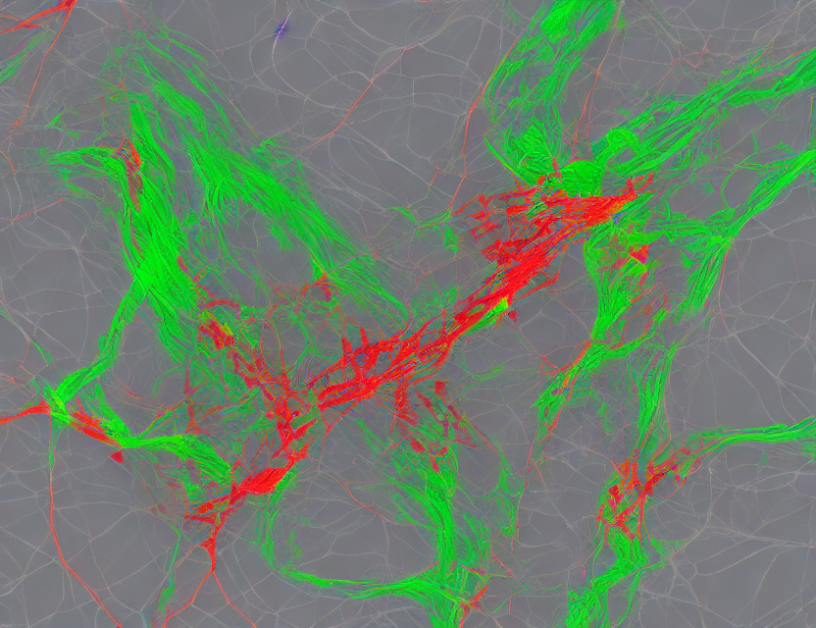In this article, the authors propose a novel deep learning architecture for velocity modeling, which is a critical component in seismic processing and interpretation. They present an encoder-decoder network design that leverages dense blocks to increase the channel size without a proportional increase in parameters. This allows for more efficient feature extraction and faster information flow.
The Encoder Network
The authors begin by explaining how the input data, which represents the velocity of the Earth’s subsurface, is reduced in time dimension through the application of 1D-CNNs (convolutional neural networks). This process reduces the output dimension to 34×34, 18×18, 9×9, and 6×6. Each dense block consists of three Conv2d layers with inputs derived from the preceding layers. By using these CNN kernels, the features extracted in previous layers are utilized to access lower-level features.
The Decoder Network
In the decoder part, the authors use upsampling and Conv2D operations to scale up the feature size progressively to dimensions of 9×9, 18×18, 34×34, 51×51, and 100×100. To facilitate information transfer and consolidate features, the outputs of the dense blocks with sizes of 18×18 and 34×34 in the encoder part are concatenated with their counterparts in the decoder part. This enables an increase in channel size without a proportional increase in parameters.
Summary
The proposed architecture uses dense blocks to expand the channel size without increasing the number of parameters, allowing for more efficient feature extraction and faster information flow. The encoder network reduces the time dimension of the input data, while the decoder network scales up the feature size progressively to reconstruct the velocity model. By concatenating the outputs of the dense blocks in both parts, the authors can facilitate information transfer and consolidate features, leading to improved performance and accuracy. This novel deep learning approach has the potential to revolutionize seismic processing and interpretation, enabling more accurate and efficient exploration and production of oil and gas reserves.



